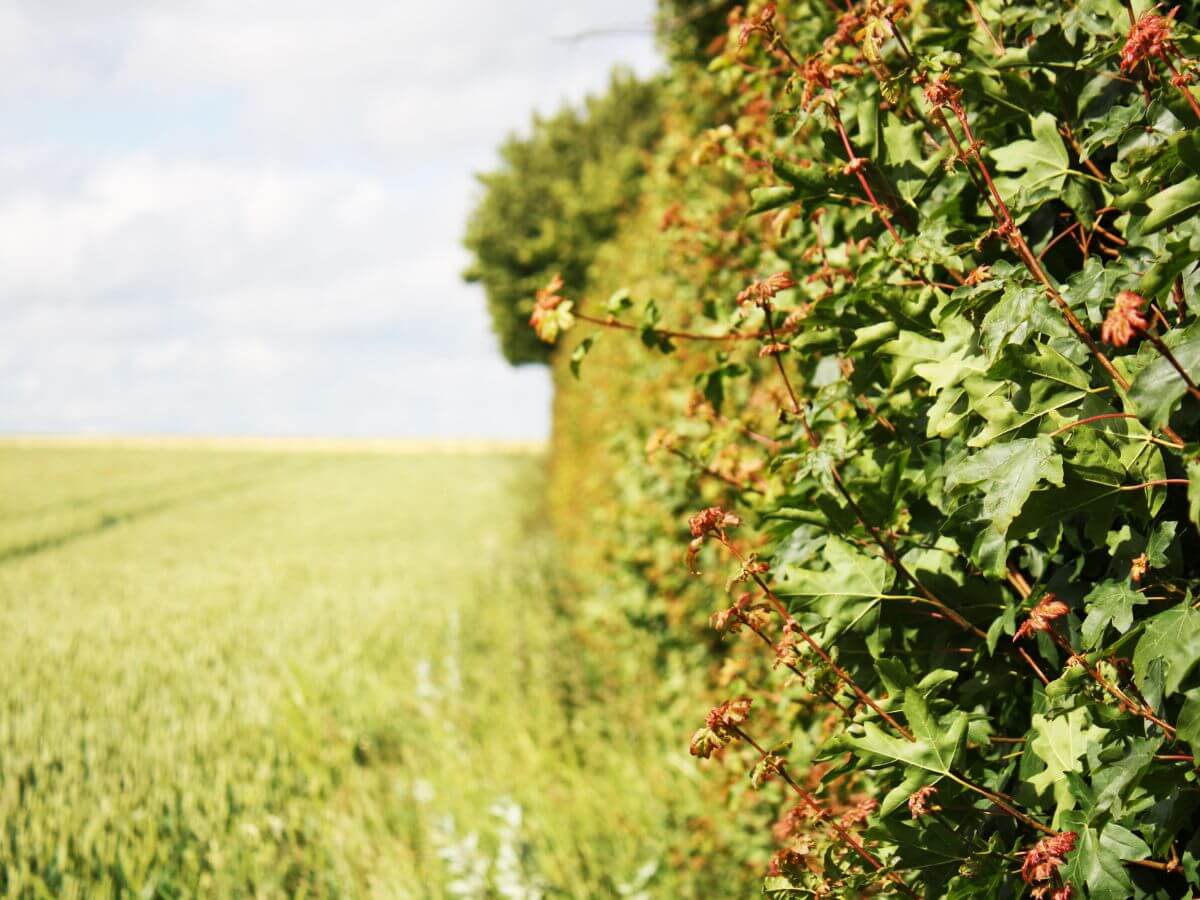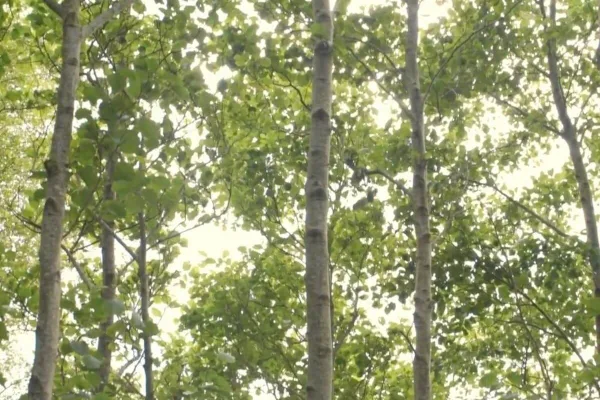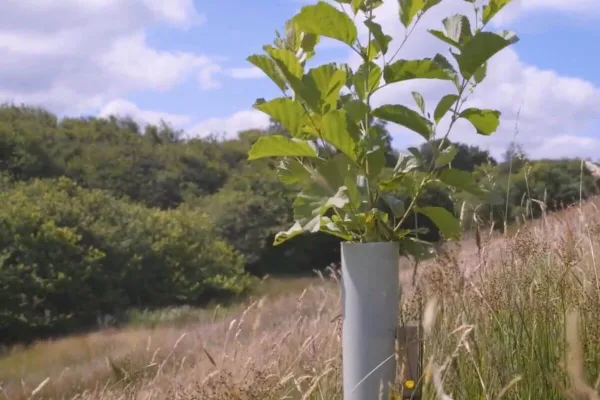
Note: The most up to date specifications are available on the dedicated ACRES / ACRES CP website under Non Productive Investments – Click Link Here
Good quality hedges can help block flow pathways, provide habitats and improve connectivity for bats and other species.
1. For gappy hedges particularly those that are top heavy.
2. Coppice or lay the existing hedge.
3. You can bring in soil to cover exposed roots, make sure the soil does not come from an area with an infestation of invasive species.
4. If there are big gaps you can plant new hedging plants
5. Protect the rejuvenated hedge from livestock, deer, and hares with a suitable fence and/or tree guards. The brash from coppiced trees can be laid on top of the hedge line for added protection.
Implementation Notes
Carry out works between September and February to avoid disturbing nesting birds.
Good Locations:
Poor Locations:
How do I know if a hedge is suitable for laying?
A hedge that is suitable for laying is typically very gappy at the base and may not be stock proof. Very old trees or trees with very thick trunks are unlikely to be suitable for laying. Coppicing may be a more realistic approach. Consult with the CP team for site specific advice.
How low should I cut when coppicing a hedge?
The purpose of coppicing is to encourage the plant to develop new growing tips very close to the ground. For this reason trees should be cult very close to the ground, cutting at 15cm above the ground would be a good approach.
Can I knock trees over with the bucket on a digger?
No, the trunks of hedgerow trees suitable for laying or coppicing must be cut with a suitable saw. Trees that are to big to be laid using hand tools are unsuitable for this rejuvenation method.

